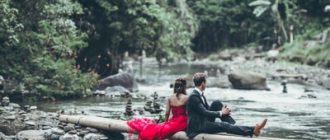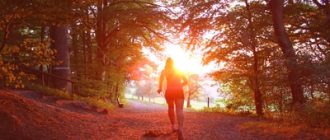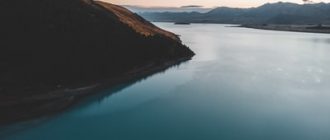
There are basically two types of campgrounds in the United States; public and private. Public comprise the vast majority of available sites and include the big national parks and forests, individual state lands, and even your local city or county parks. Private range from large national chains, like Kampgrounds of America (KOA), to individually-owned sites. Some private campgrounds, like Thousand Trails, are open to members only and not the general public.
Public vs. private campgrounds
Making broad generalizations about campgrounds, even those within the same system, is dangerous, but there are some observations that are generally true:
Private campgrounds tend to cater more to the traveler, than campers. When you are coming off six to eight hours on the road, it is certainly nice to be able to plug your RV into AC power and hook up to a sewer connection. If a private campground offers any kind of secluded area for tents, they will be sure to highlight this feature in their marketing material; otherwise they tend to basically be parking lots for RV’s. Private campgrounds offer widely varying degrees of family activities, such as swimming, hiking, or even miniature golf, but these are all features that will be well-detailed in their marketing literature.
Catering more to the destination camper, public campgrounds rarely provide RV sewer connections at individual campsites, but many do have a dumping station located near the entrance of the park. Electricity at the campsite is also rare, though many public campgrounds will have several restroom and shower facilities around the site that have electricity. Some public campgrounds, particularly the smaller ones, do not offer shower facilities or electricity, so be sure to check the description well. Public campgrounds tend to be located where there is something to see, or do. It might be hiking trails, big trees, waterfalls, or the Yosemite Valley floor, but there is usually a reason that the government decided to build a campground there.
Finding a campground
There is no single, definitive online resource for locating all of the public campgrounds in a particular area. The best place to start, since camping is always preferable to driving, is with your local country website. If your county manages any, you will be able to find information on them under the “Parks and Recreation” department. To locate them at the state level, the best resource is the online reservations site; Reserve America. In a similar fashion, federally managed public campgrounds can be located on Recreation.Gov. Both of these sites are easy to use and provide a good deal of information about the campgrounds. Unfortunately, they only include campgrounds that accept reservations. There are a number of public campgrounds that are available on a first-come, first-served basis and none of these will show-up on Reserve America or Recreation.gov.
The best single online resource for locating private campgrounds is Google Maps. Once you pull-up a map of the area, just type “campground” in the search field, and Google Maps will display a list of private campgrounds. Google Maps may also show some state campgrounds, but it is not nearly as comprehensive as Reserve America.
This leaves us with the problem of locating campgrounds that do not accept reservations, since they will not show-up on the two major reservation sites, nor Google Maps. First-come, first served campsites could be state parks, US Forest Service, Bureau of Land Management, or Army Corps of Engineers. Google (regular search, not Google Maps) is the quickest way to locate the state campgrounds; just type your state’s name into the search field, followed by the words “campgrounds first come first served” (without quotes). You will either receive a link to your state parks page that lists all first-come, first-served campgrounds available or, if your state is not listed, you will receive a number of links to various campgrounds located throughout the state. To locate first-come, first-served campgrounds on federal lands, you will have to visit each of the three federal websites (USFS, BLM and COE) for a list of campgrounds in your region.
Camping is a great way to “get away” from everything and experience the beauty of your favorite place. Making sure you have the right equipment, though, will make your experience enjoyable. Buying a new tent or trailer? Make sure you have the capacity to carry the weight. Buying an air mattress and comforters? Make sure you have the proper specifications. Don’t overlook the little luxuries while you are camping. Setting up the camper van or RV? Duh, it’s called camping.
When you are camping, expect the unexpected.












